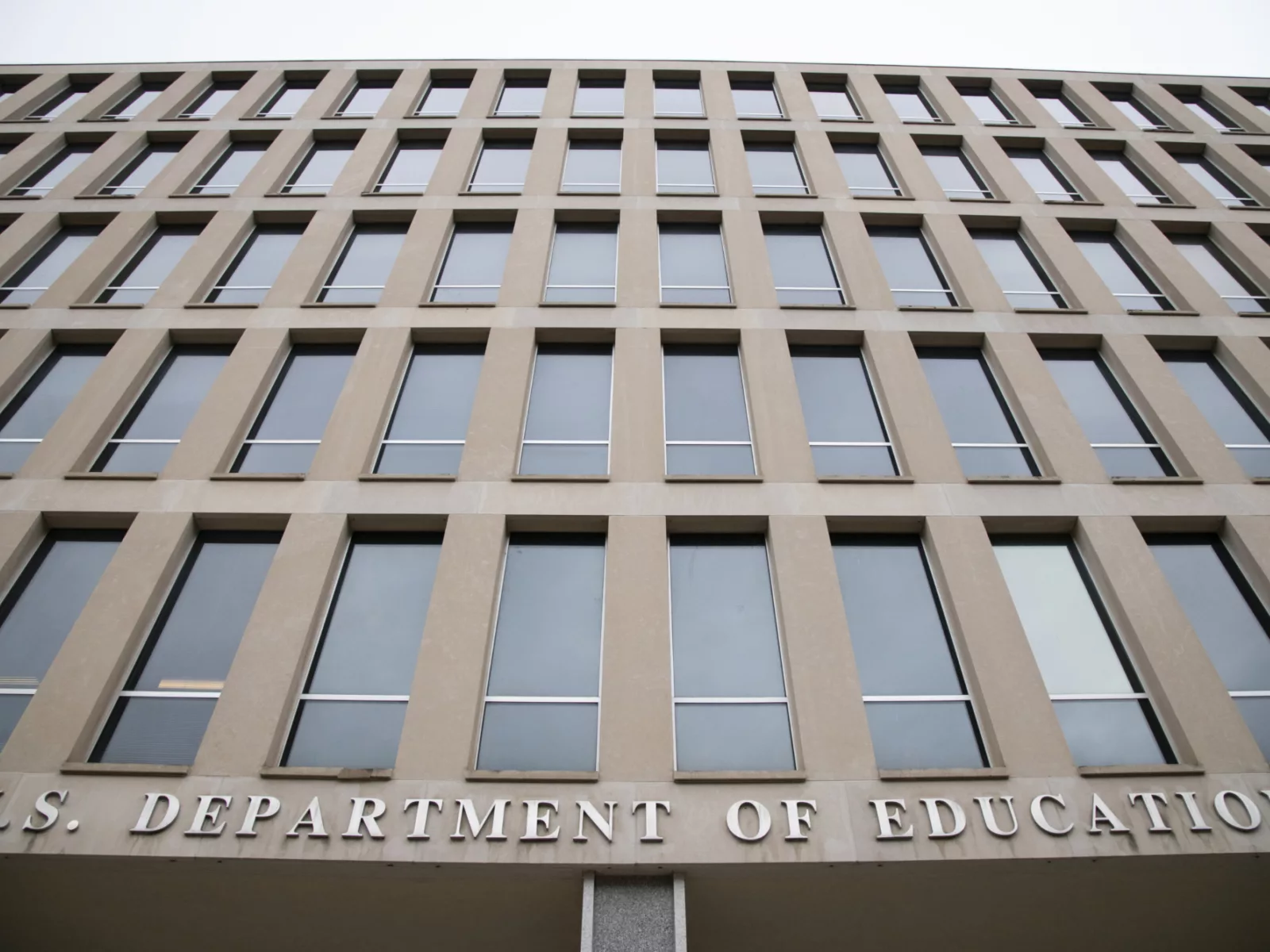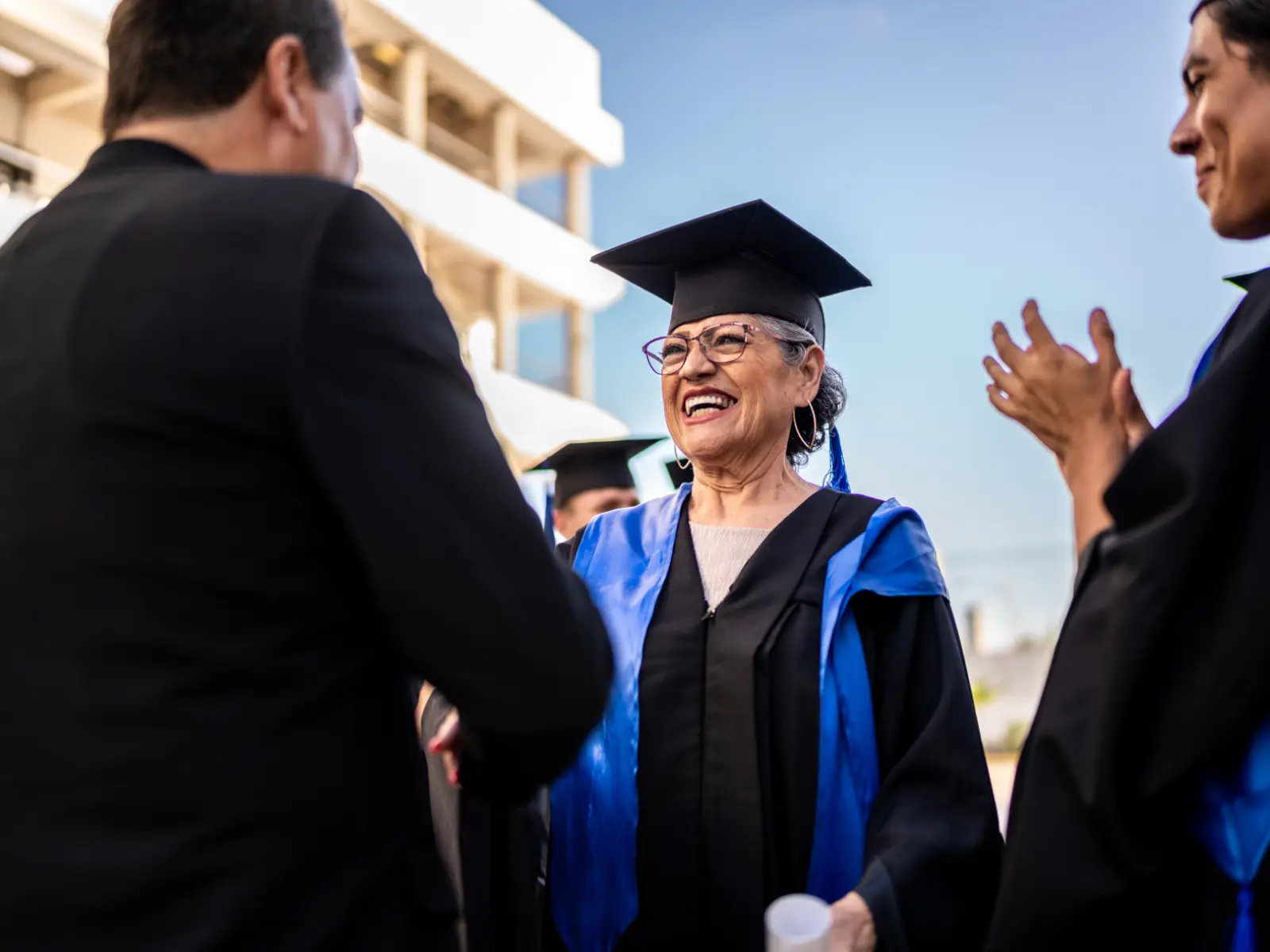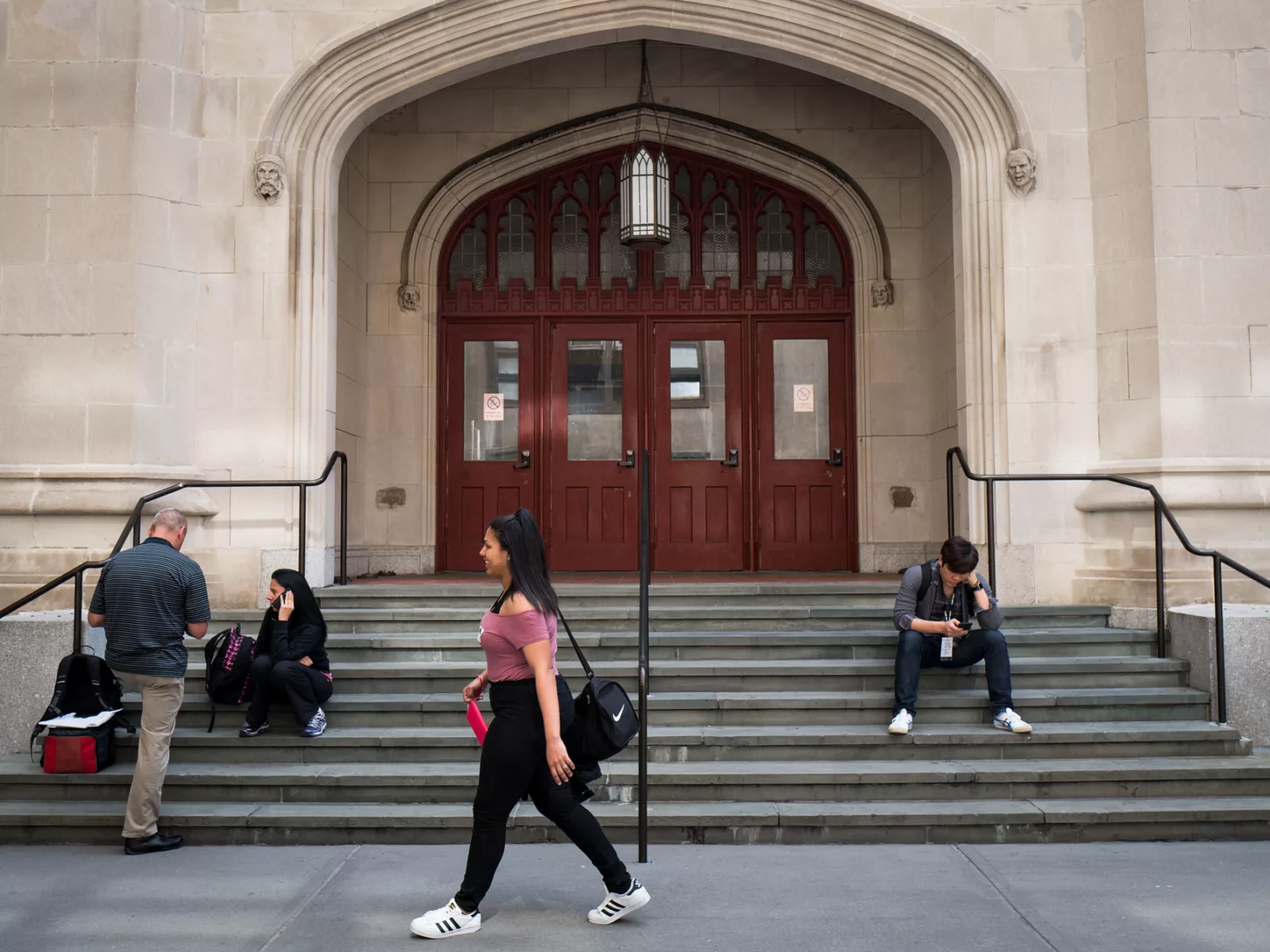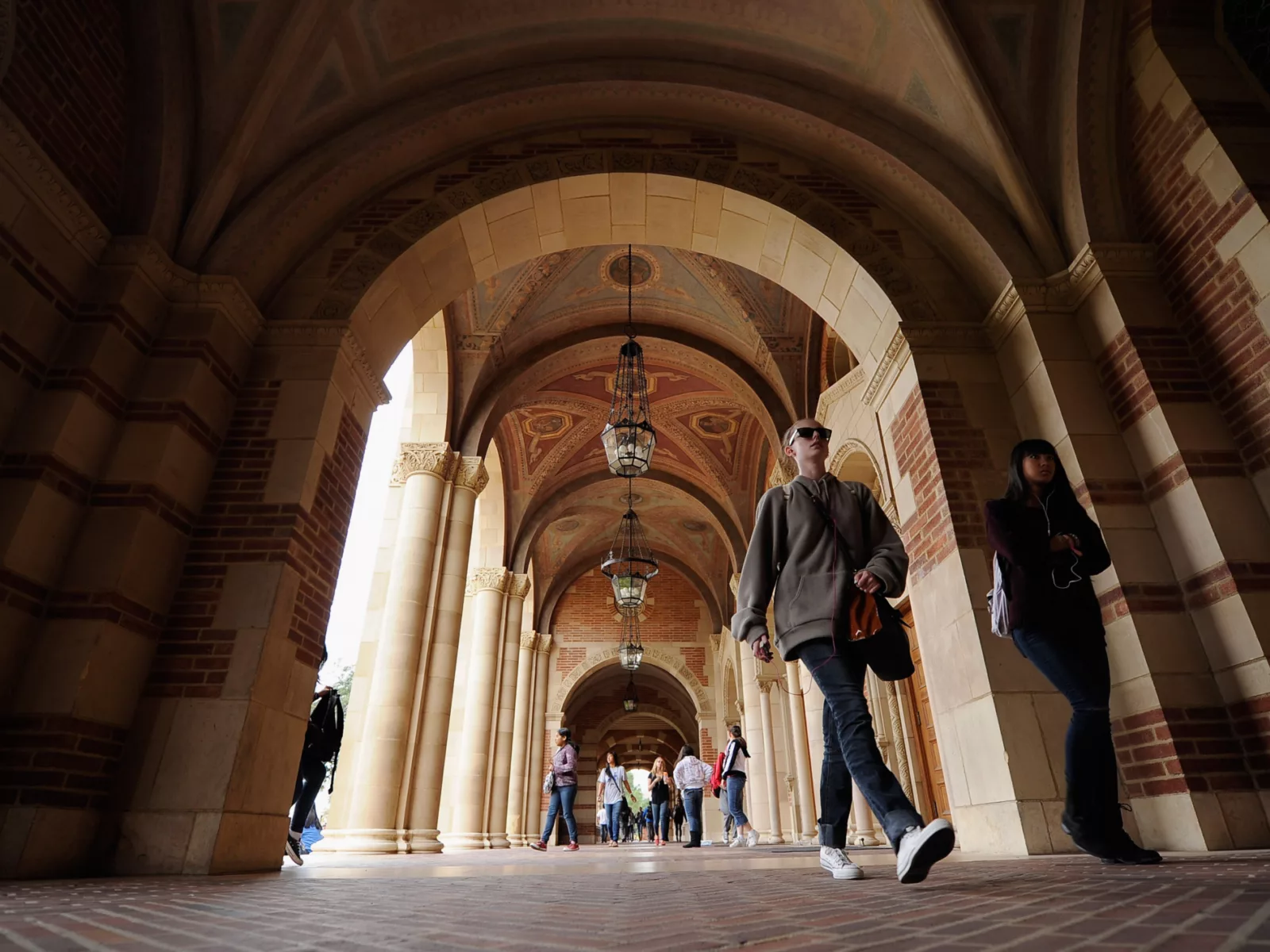A classmate of mine from high school, Ava,* was excited to attend her dream school set in an ideal location with a top program for her major. Ava shared the background of most of the other students at my high school — a low-income, first-generation student of color. Ava was a smart and focused student, maintaining high honors throughout high school.
When she got to her college campus, she had anticipated the academic challenges. But it was the financial and emotional challenges that proved most difficult. The absence of guidance and understanding from her family, combined with the academic rigor and social pressures, ultimately overwhelmed Ava. Tuition and living costs only added to those burdens. When she discovered her family was struggling even more than she had realized and unable to provide financial support for the next semester, she felt helpless. By Thanksgiving break, Ava ended up leaving her dream school, and she eventually dropped out altogether.
This narrative is all too common for other students from my high school. As our school was ranked first in the district and among the top five high schools in the state, we as students were constantly told that we were bright, special, and that we would have opportunities to pursue our dreams because of our hard work. Instead, we learned that hard work alone was not enough to obtain a college education. With so many other new challenges on the horizon once we entered college, we needed holistic support — regular guidance on coursework, tutoring to help catch up, even an emergency grant to assist with unexpected costs — from our colleges to be able to continue. Without it, Ava — like millions of students — slipped through the cracks.
Postsecondary Student Success Grants
In fact, a significant and growing body of research shows holistic, wrap-around services can help keep students enrolled in school. A small-but-mighty federal program, the Postsecondary Student Success Grants (PSSG) program, is helping more colleges to do just that: implement student success programs that are proven to work and test out new strategies to help more students stay in school through graduation.
The program originated as a Biden administration proposal for a $62 billion College Completion Fund that would finance statewide, evidence-based strategies for reform. To date, the U.S. Department of Education has received just a fraction of that amount for PSSG. In January, the Education Department awarded grants for a total of $5 million dollars under PSSG.
However, the work continues.
Just last month, U.S. Secretary of Education Miguel Cardona announced the Department is seeking applications by Sept. 25 for an additional in funding for projects that will improve postsecondary persistence, retention, and completion.
How the PSSG Program Addresses the College Completion Crisis
While the PSSG program, launched by Congress in the 2022 fiscal year, is still new, it has lofty goals: to directly assist institutions in implementing evidence-based initiatives that increase postsecondary retention and completion rates. The program seeks to empower individuals with the necessary support to overcome barriers and achieve their educational goals.
portion enrollment decreased for community colleges in 2010
This program is critical, given the current state of U.S. higher education. Among bachelor’s degree-seeking students, 40 percent still have not completed their degree after six years. For students at two-year colleges, the statistics are even worse: About two in three students still haven’t graduated within about three years. Four out of five students who start community college say that they plan to continue their education to receive their bachelor’s degree, but only one in six students actually does. According to the National Student Clearinghouse’s Research Center, this is down by about 15 percent since 2020.
These statistics are especially important in light of falling enrollment for community colleges. With fewer students coming through the doors, keeping students enrolled through graduation will become a financial imperative for the schools. According to the National Student Clearinghouse, the number of students at community colleges has fallen by 37 percent since 2010, or nearly 2.6 million students. Demographic declines and a reasonably strong labor market are expected to perpetuate the problem in the coming years.
Strategies for Ensuring Student Success
One of the most successful evidence-based programs has already shown a dramatic impact. The City University of New York’s (CUNY) Accelerated Study in Associate Programs (ASAP) initiative has received great renown – and rightly so. ASAP, started in 2007, is primarily aimed at improving graduation rates and ensuring that more students had access to higher education opportunities. This program provides students a number of benefits, including free MetroCards so students can get to school, reduced-price or free textbooks and full-tuition scholarships to help reduce cost barriers for students receiving financial aid, an advisor who provides guidance from entry to graduation to ensure students are taking the courses they need toward their degree, and many other resources to support students’ college journeys. According to CUNY ASAP, the program’s three-year graduation rate — 53 percent — is more than double the graduation rate for similarly situated classmates.
rate of three-year graduation through CUNY ASAP program
The success of this program has encouraged other community colleges across the country to implement ASAP models on their campuses. Already, these adaptations to campuses in Ohio, West Virginia, and California — which include changes like providing gas cards rather than MetroCards for rural students — are showing promising improvements for students’ completion rates. Initial results show from three Ohio Community Colleges that graduation rates increased by 15%. To address similar challenges at four-year colleges, CUNY developed the Accelerate, Complete, Engage (ACE) program, which offers a similar suite of benefits. Early research found that the first group of students participating in the ACE program graduated on time at a rate 16 percent higher than their non-ACE participating peers.
Of course, programs like ASAP and ACE come with a hefty price tag for the personnel, financial resources, and other supports offered to students (albeit one that pays off as more students stay enrolled and graduate). That’s one reason PSSG is so important: Without a federal nudge to invest in these types of programs, thousands of colleges across the country probably won’t invest either. With just $45 million available this year, the Department expects to reach only 8 – 12 institutions. With colleges knowing so few grants are available, with a relatively slim chance of winning, many may be dissuaded from applying. If Congress provides more money for the program, policymakers will be able to reach more students and establish enduring and sustainable programs that will make positive changes in their students’ educational experiences.
In the meantime, Congress and the Education Department should continue to optimize the limited funding by prioritizing evidence-based programs and providing support for rigorous evaluations to gauge their effectiveness, building additional evidence for the field. With such a strong focus on scaling what works, increasing the funding allocated to the PSSG has the potential to revolutionize higher education, leading to improved student retention and graduation rates.
*We have changed Ava’s name to protect her privacy.
—
Arnold Ventures is committed to growing the evidence base for college completion programs. In a joint effort of AV’s Higher Education and Evidence-Based Policy initiatives, AV has a Request for Proposals (RFP) to conduct rigorous impact evaluations of programs and practices (“interventions”) to promote college success in the United States.











